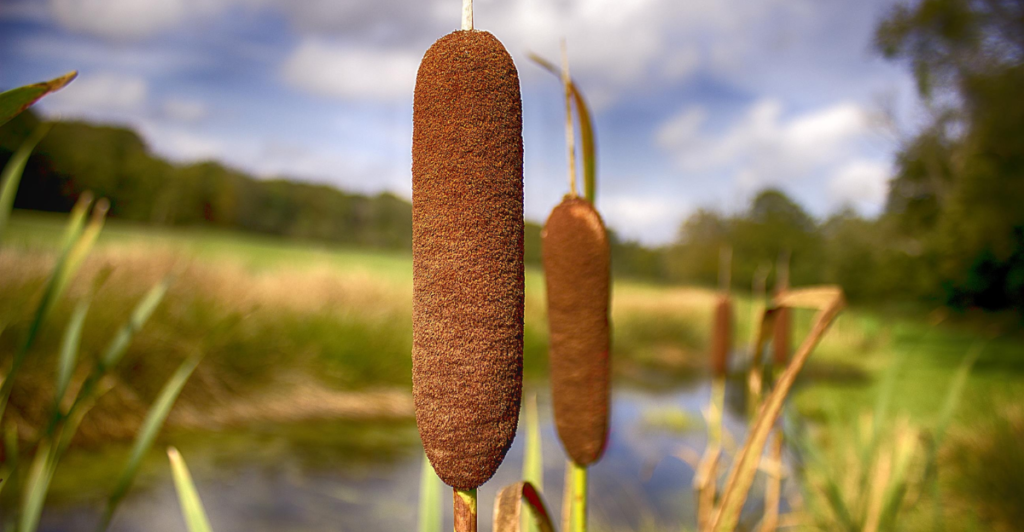
Foraging for wild edibles is not only a rewarding way to connect with nature, but it also offers an opportunity to discover a variety of nutrient-rich foods that are often overlooked. Many wild plants that grow in your backyard, forests, or local fields are edible and packed with vitamins, minerals, and antioxidants. Whether you’re a seasoned forager or a beginner, learning to identify these plants can be both an exciting and valuable skill. In this guide, we’ll explore 13 wild edible plants that can provide a sustainable and healthy food source in the wild.
1. Cattails – “King” of All Common Edible Plants in North America
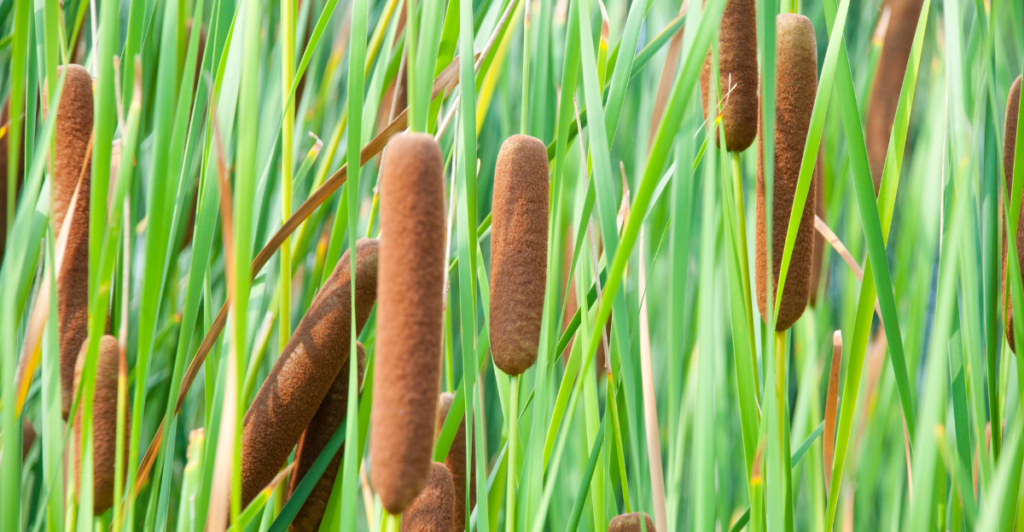
Cattails are incredibly versatile and common in wetlands across North America. Nearly every part of the plant is edible. You can eat the rootstock raw or boiled, the stems near the base and the leaves can be boiled into a spinach-like dish. The early summer flower spike tastes like corn, and the seeds make excellent fire-starting material.
2. Acorns – The Most Nutritious Wilderness Foods are Nuts
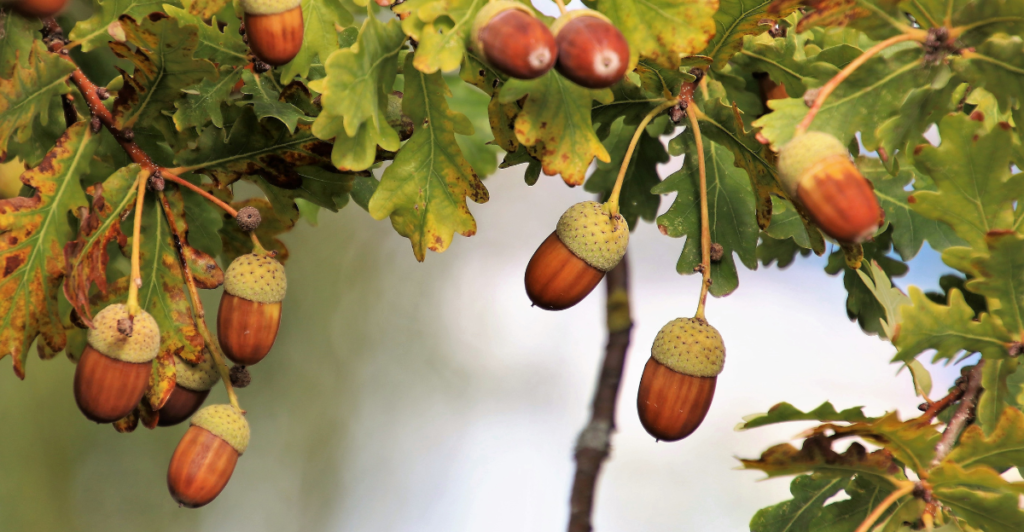
Acorns, found under oak trees, are an excellent source of calories and fat. However, they need to be leached to remove bitter tannins before consumption. Once processed, acorns provide a rich, nutty flavor and are great for survival situations.
3. Japanese Knotweed – An Invasive and Edible Wild Plant
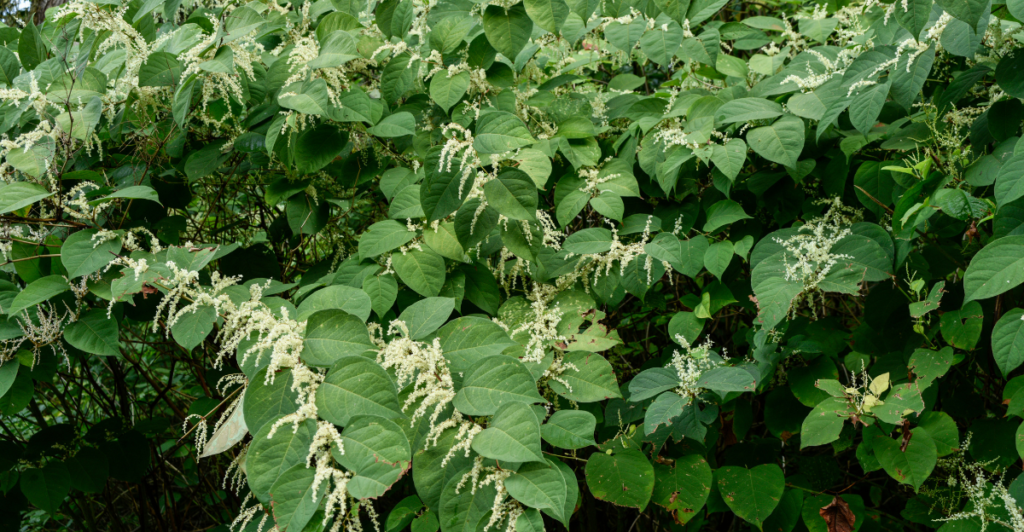
This invasive plant thrives in sunny areas near fresh water, resembling bamboo. Its tart, rhubarb-like stems are edible in the spring and early summer, and the whole plant can be consumed. It’s an excellent wild vegetable to forage for if you spot it in clumps.
4. Hickory Nuts – Highly Nutritious Wilderness Food
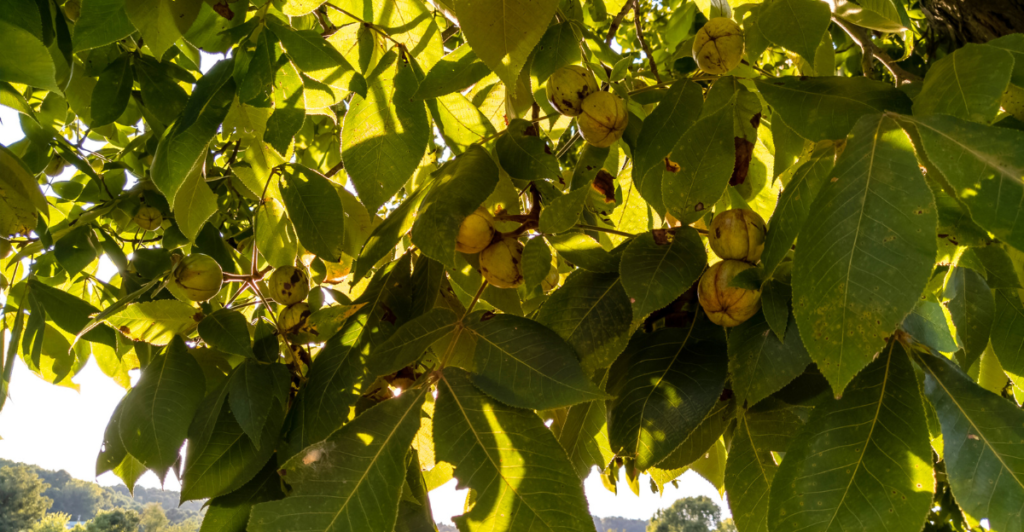
Hickory nuts, found primarily east of the Mississippi River, offer high-calorie sustenance. The challenge lies in cracking the hard outer shell, but the soft, pecan-like nut inside is worth the effort. They also provide protein and fat for energy.
5. Wild Asparagus
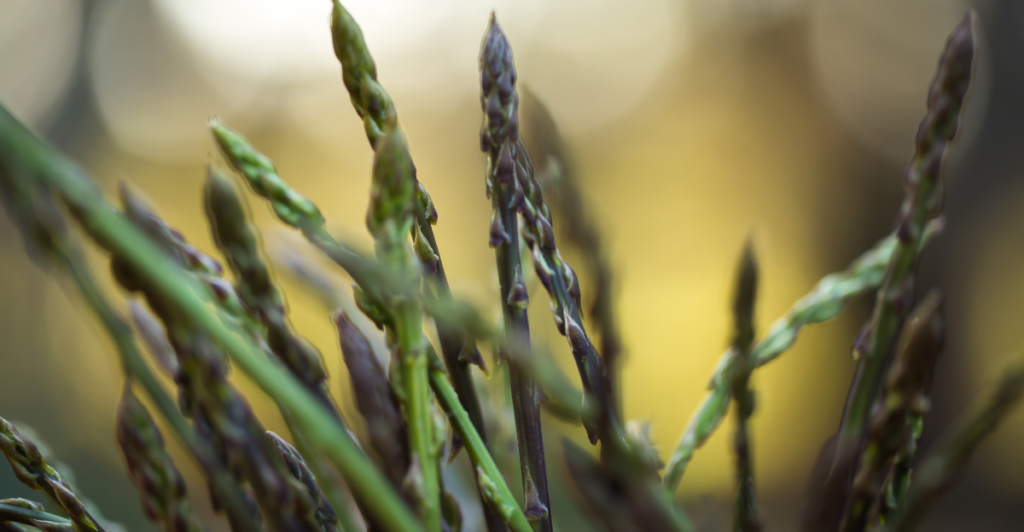
Wild asparagus is easy to identify and grows in various environments. It can be eaten raw or boiled, providing vitamins and fiber. It’s often found in clumps, making it easy to gather a substantial meal.
6. Yard Plantain
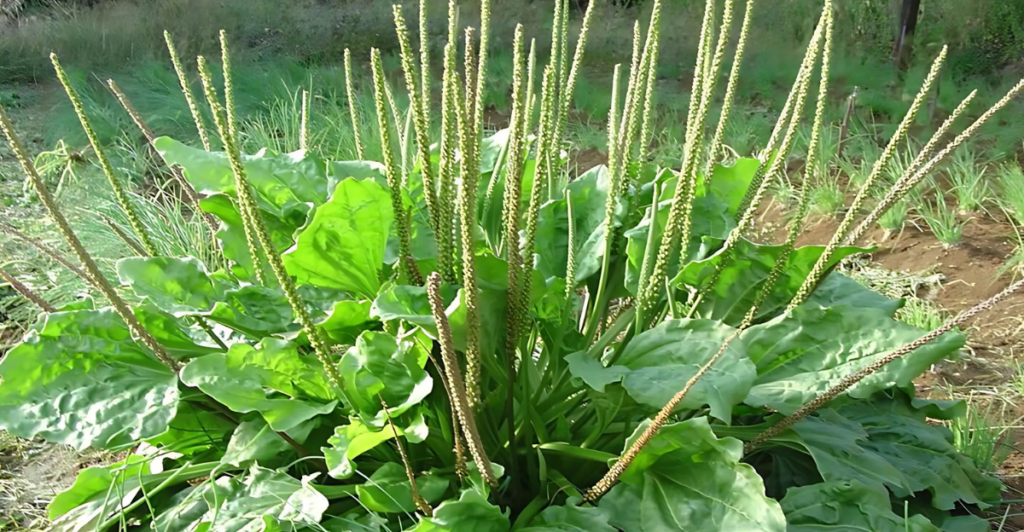
This common weed is often overlooked but is a great source of edible greens. Found in yards and fields, the leaves, seeds, and stems are all edible. Early leaves are mild in flavor, while later-season stems and seeds are better to eat. Yard plantains are also known for their medicinal properties.
7. Black Walnut
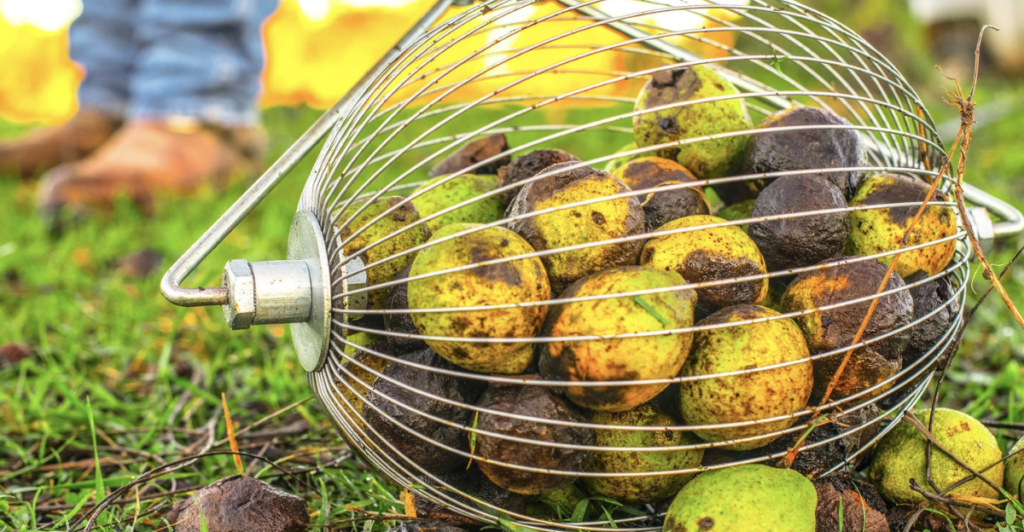
Black walnuts, found in northern regions and along the Mississippi River, are nutrient-dense, with 173 calories per ounce. They require effort to crack open, but the reward is a rich, protein-packed nut. Beware of moldy walnuts, as they can make you sick.
8. Pine Nuts
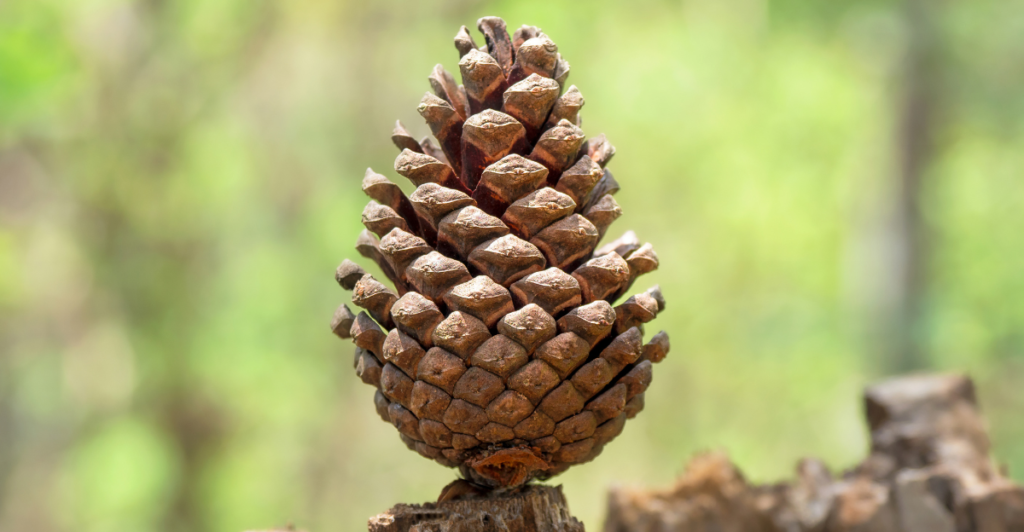
Pine nuts are found in pine cones and are a great foraging food. High in calories, protein, and fat, they provide the necessary nutrients for survival. Pine nuts are easier to gather than many other wild nuts, making them a good food source in the wild.
9. Clovers – Edible Wild Greens That Are Easy to Spot
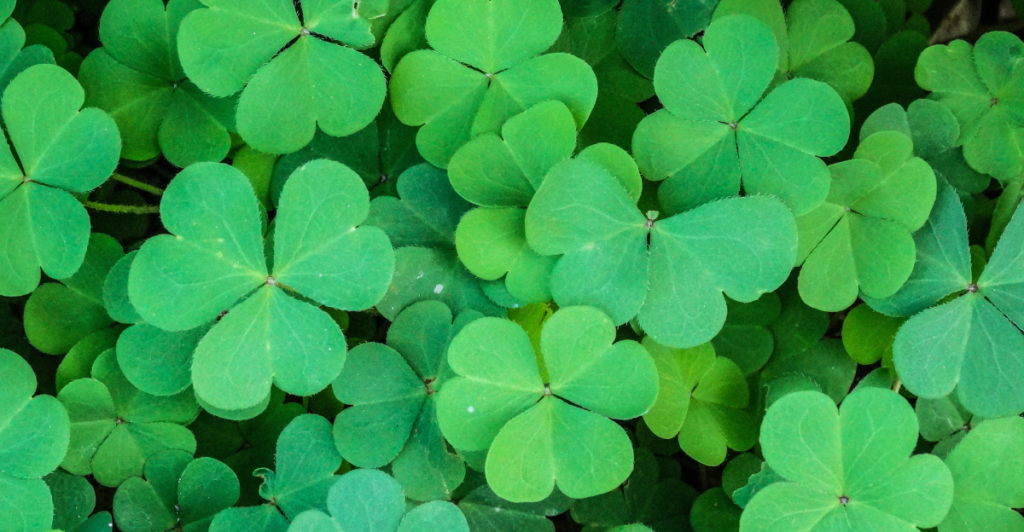
Clovers are abundant and easy to find in most temperate regions of North America. They can be eaten raw, though boiling them like spinach improves the taste. Though not calorie-dense, clovers offer a handy green for foragers.
10. Dandelions – Nutrient-Packed Wild Edibles
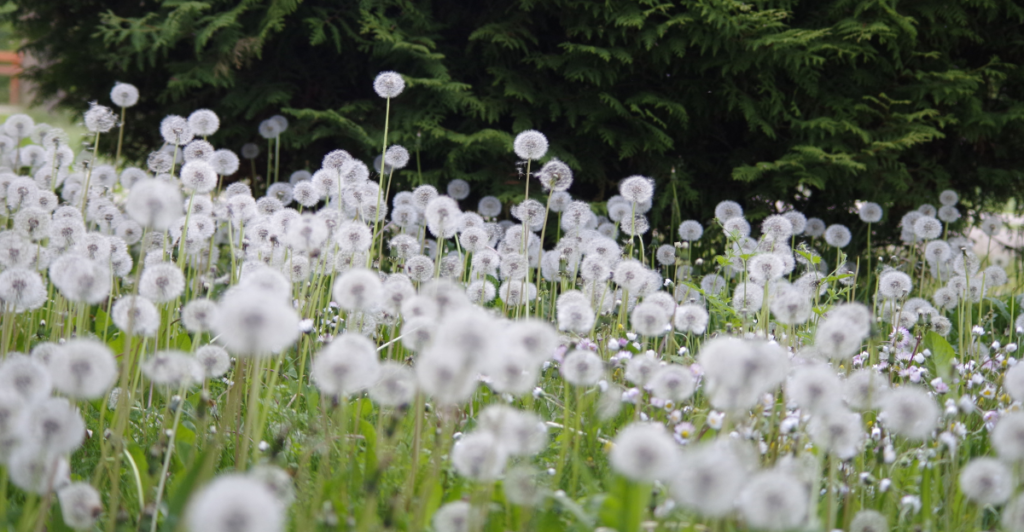
Dandelions are often regarded as pesky weeds, but they are actually incredibly nutritious and versatile. From root to flower, every part of the plant can be eaten. The leaves can be eaten raw in salads or boiled, offering a bitter taste similar to arugula but packed with vitamins A, C, and K and a variety of minerals. The flowers can be used to make dandelion wine or fried. Dandelion roots can be roasted and brewed into a coffee-like drink. You’ll find these plants all across North America, in fields, lawns, and roadsides, making them an easily accessible food source.
11. Wild Strawberries – Sweet Delights Found in Nature
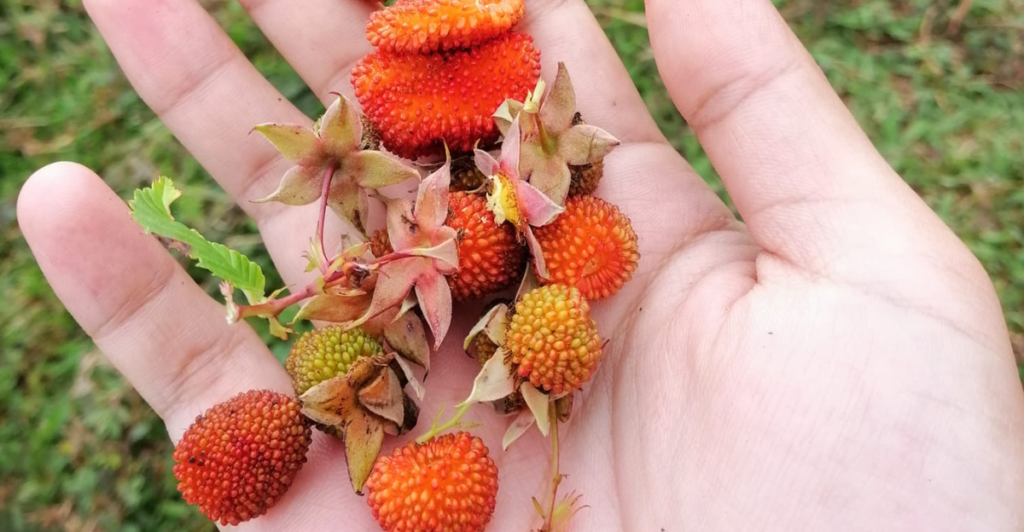
Wild strawberries are a hidden gem in many backyards and forested areas across North America. Unlike their cultivated counterparts, wild strawberries are smaller but pack a punch in flavor. These sweet, fragrant berries can be eaten fresh, used in jams, or added to desserts. They’re commonly found in fields, meadows, and forest edges, particularly during the summer months. Along with being a delicious treat, wild strawberries are also a good source of vitamin C, antioxidants, and fiber.
12: Wild Raspberries – A Juicy Survival Snack
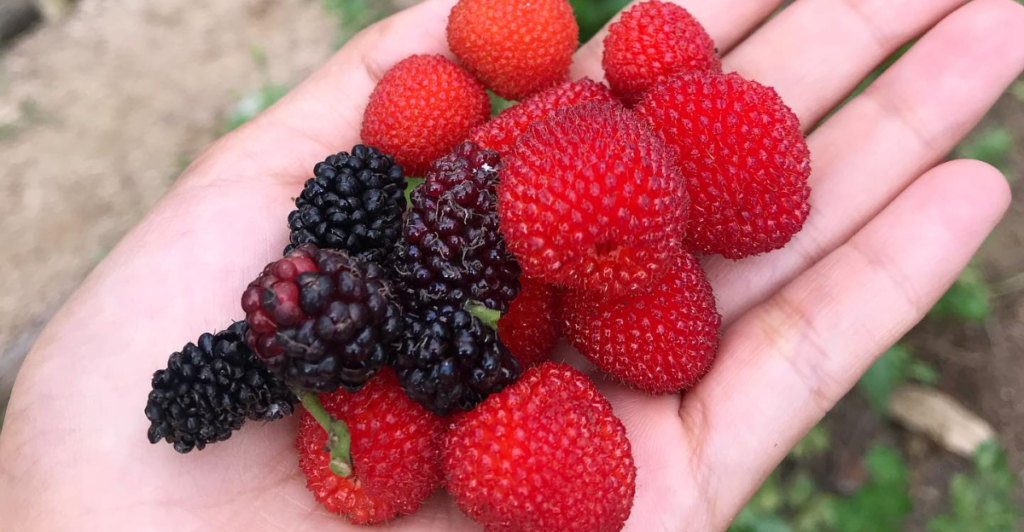
Wild raspberries are another delicious edible that can be found growing in many parts of North America, particularly in forested and rural areas. These berries grow on thorny bushes and are ripe for picking in the summer. While the wild varieties are smaller than cultivated raspberries, they offer a much richer flavor and can be enjoyed fresh or preserved in jams and jellies. They are high in vitamin C, antioxidants, and fiber, making them a healthy addition to your foraging list.
13. Chickweed – A Tiny Green Packed with Nutrients
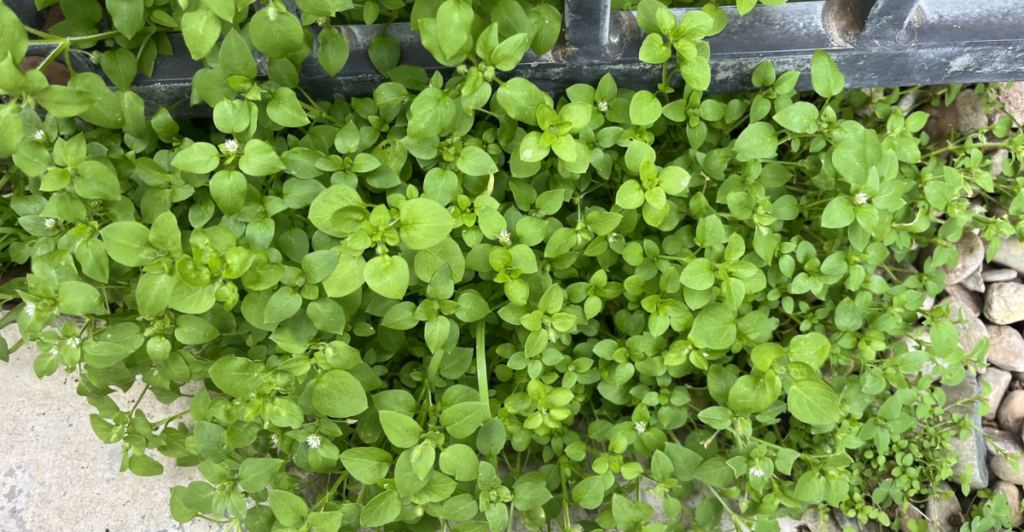
Chickweed is a small, often overlooked plant that grows in fields, gardens, and shady areas across North America. Its delicate, oval-shaped leaves and small white flowers make it easy to identify. Chickweed is highly nutritious, rich in vitamins A, C, and K, and can be eaten raw in salads or added to soups and stews. It has a mild, slightly sweet flavor and is a great addition to wild greens for a balanced diet while foraging.
Stay connected with us for more stories like this! Follow us to get the latest updates or hit the Follow button at the top of this article, and let us know what you think by leaving your feedback below. We’d love to hear from you!







